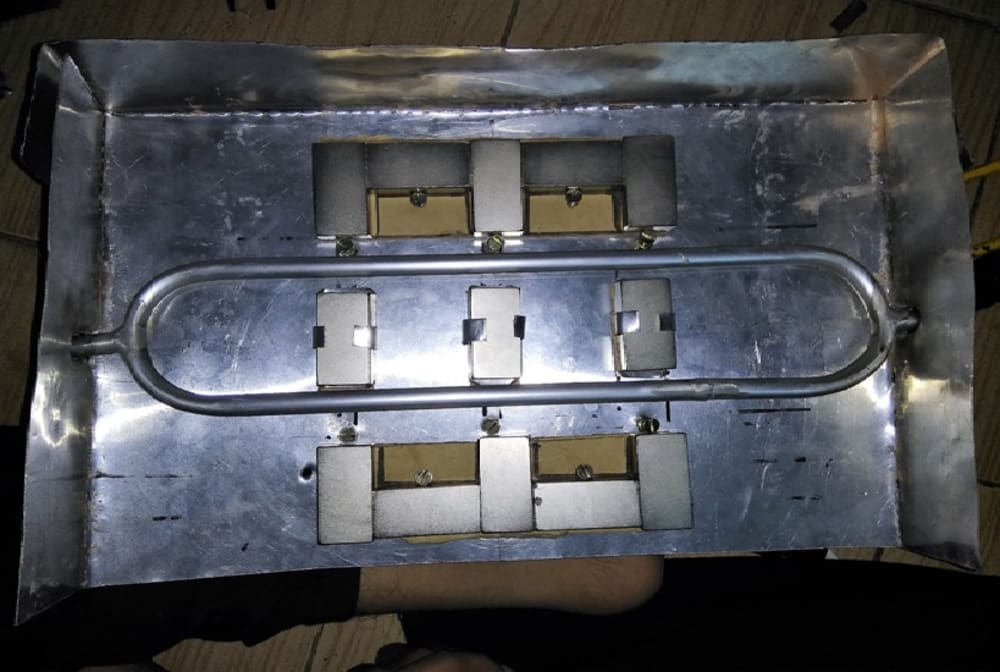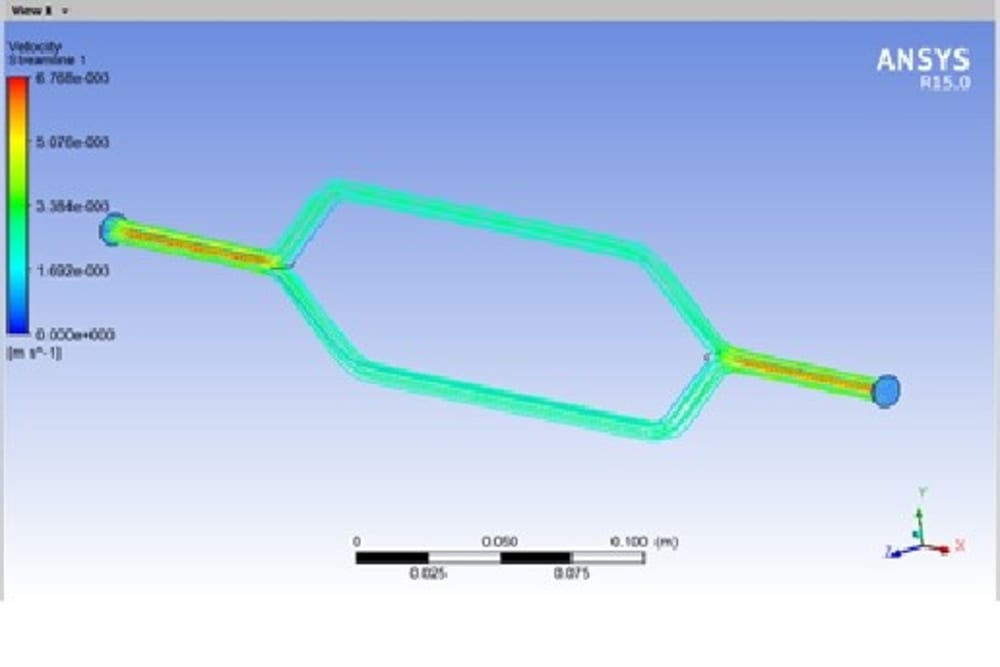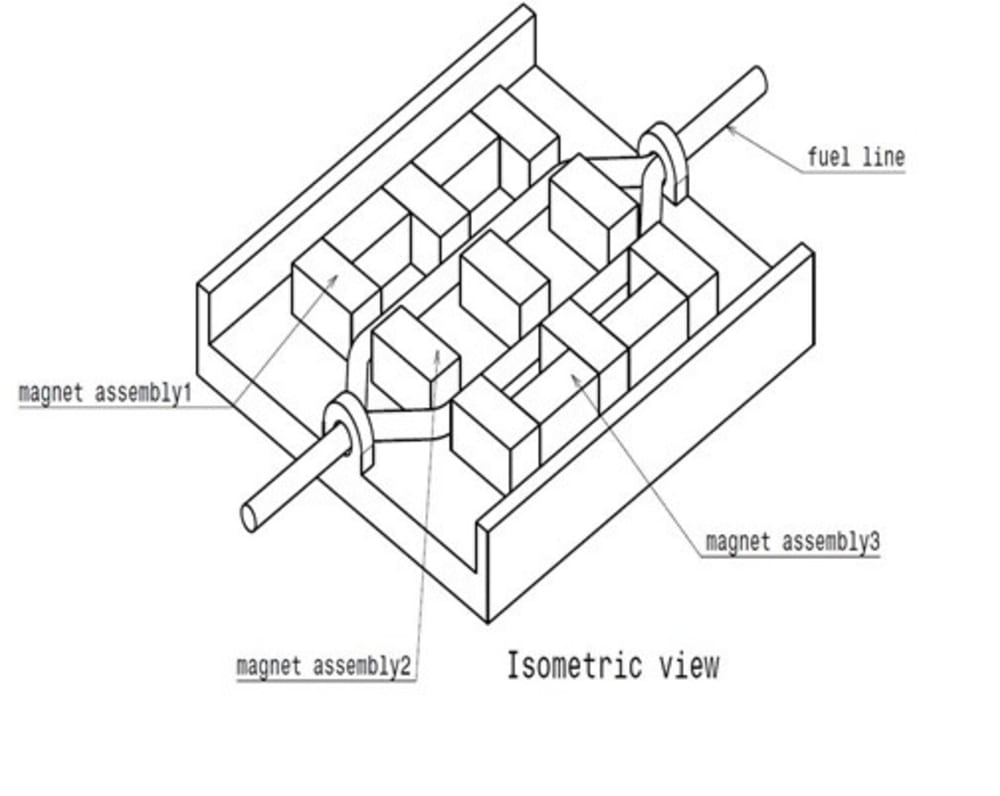There are approximately 1 billion cars on the road and they are responsible for anywhere between 50 and 90 percent of air pollution in urban areas. Apart from pollution, our world is facing another challenge in dealing with its oil resources which given their non-renewability are depleting at an alarming rate. After understanding the crisis scientists have started working on finding cleaner fuel which will also help in reducing our dependency on oil. While the discovery of alternate fuel may take some time, we for time being should focus on reducing the pollution caused by petrol and diesel. If proper combustion of fuel is done, we just might be able to reduce pollution and simultaneously be able to consume less fuel.
If proper combustion of fuel is done, we just might be able to reduce pollution and simultaneously be able to consume less fuel. Magnetizing of fuel provides us with an opportunity to achieve this objective. The problem in diesel and petrol comes when Nitrogen and Sulphur containing aromatic compounds darken the fuel and do not combust properly hence produce deposits of carbon and soot. Further formation of Gel like slime and sedimentation of various types is generally due to instability and oxidation of molecules which takes place during transportation and storage. We have developed an apparatus which works on the principle of Magnetic Fuel Conditioning.
Uniqueness of Apparatus-
Unlike other technologies, we provide a sustainable solution to reduce emissions. The unique design of the apparatus consists of earth’s strongest Neodymium magnets around a well-designed and analyzed fuel pipe in a closed box which offers a laminar flow of fuel through it. The size of magnets and shape of fuel line is chosen after a simulation in ANSYS. The apparatus is of appropriate size that has calculated space between the magnets and pipe. The superior factor in this device is that it does not require any power source to work, also don’t increase the vehicle’s weight.
These are the results we obtained from our designed apparatus-
Emission Parameters
Parameters CO HC CO2 NOx
Results Reduces about 10% Reduces about 30% Decreases about 10%. Decrease about 5%.
Performance Parameters
Parameters Fuel consumption Brake thermal efficiency BSFC
Results Reduces about 15% Increases about 5% Reduces about 30%
Alongside these, it also prevents choking of the pipes due to clogging. Further experiments have shown an increase in overall mileage and engine life.
Application-
We believe that with combined efforts and proper implementation of our apparatus can prove to be a boon for fuel industry. It can be fit to any car or motorbike and on a large scale, it can be implemented to fuel pipes in oil refineries to prevent scaling. Apart from being very cost effective and maintaining the size constraint, it solves the major problems we are facing and adjusts the balance between automobiles and environment.
Like this entry?
-
About the Entrant
- Name:Krishna Kant Dixit
- Type of entry:teamTeam members:Krishna Kant Dixit; Himanshu Sharma; Amrit Kumar Jha; Shivam Shridhar
- Software used for this entry:CATIA and ANSYS
- Patent status:none








